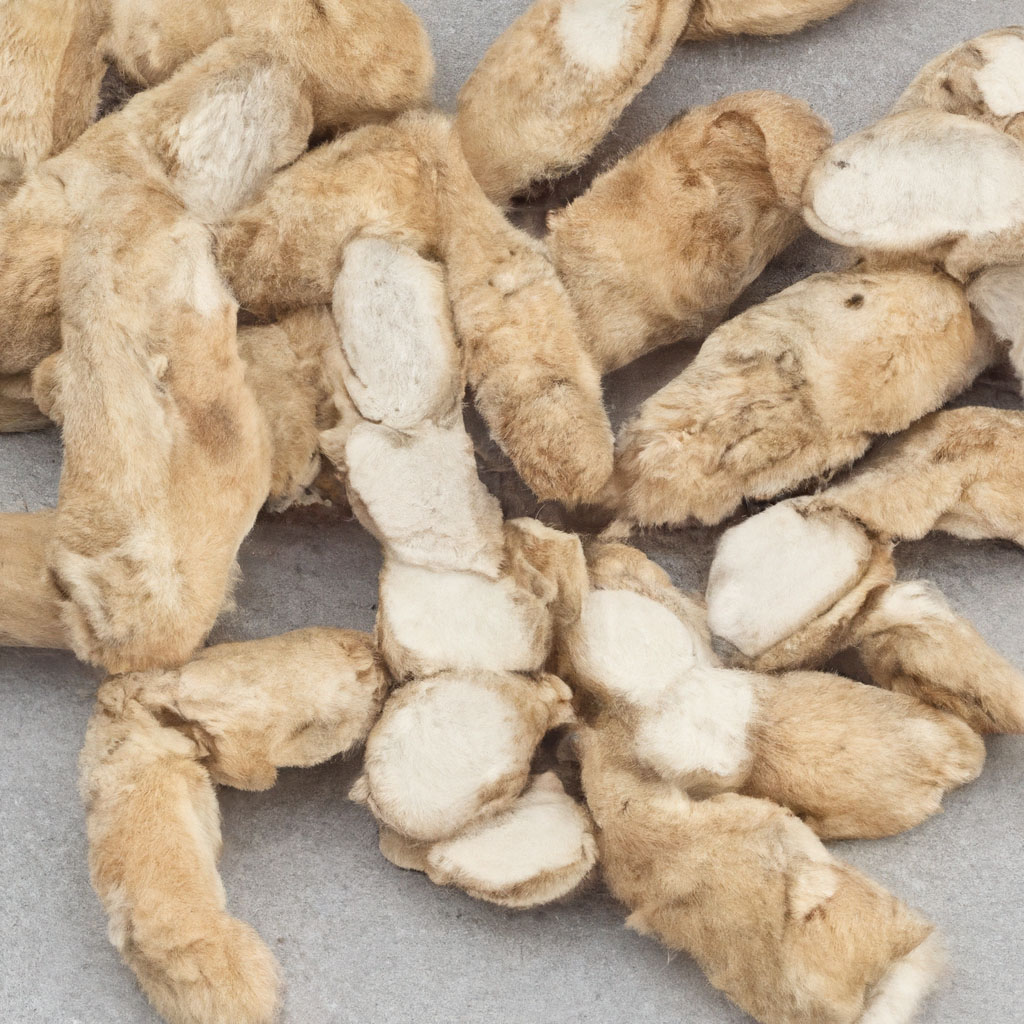Botanical Name: Curcuma zedoaria
Also Called: White Turmeric
Zedoary is a fragrant and earthy rhizome used for centuries in traditional medicine and cooking, particularly in Southeast Asian and Indian cuisine. A member of the ginger family, zedoary resembles its close relatives, turmeric and ginger, but has a distinct flavor profile that sets it apart. It has a sharp, peppery taste with notes of citrus and a slight bitterness, making it both intriguing and versatile.
Zedoary’s appearance is similar to turmeric, but once sliced open, it reveals a pale yellow or white flesh, which gives it the name “white turmeric.” Its flavor is earthy and pungent, with a cooling sensation similar to ginger, but with a more bitter aftertaste. This complex taste makes zedoary a unique addition to both savory and medicinal preparations.
In the kitchen, zedoary is most commonly used in Southeast Asian and Indian cuisines, where it is appreciated for the depth and complexity it adds to dishes. It is often grated or sliced and used fresh in curries, soups, and stews, where its peppery, slightly bitter flavor enhances the overall taste. Zedoary pairs well with meats like lamb and poultry and can also be added to pickles and chutneys to provide a refreshing, zesty kick. In Indonesia, it’s a key ingredient in sambals (spicy condiments), and in Thailand, it’s used to flavor traditional curries.
Dried zedoary is also available in powdered form, making it easy to incorporate into spice blends or use as a seasoning. The dried form is more concentrated, so it’s typically used in small quantities to avoid overpowering a dish with its bitterness.

